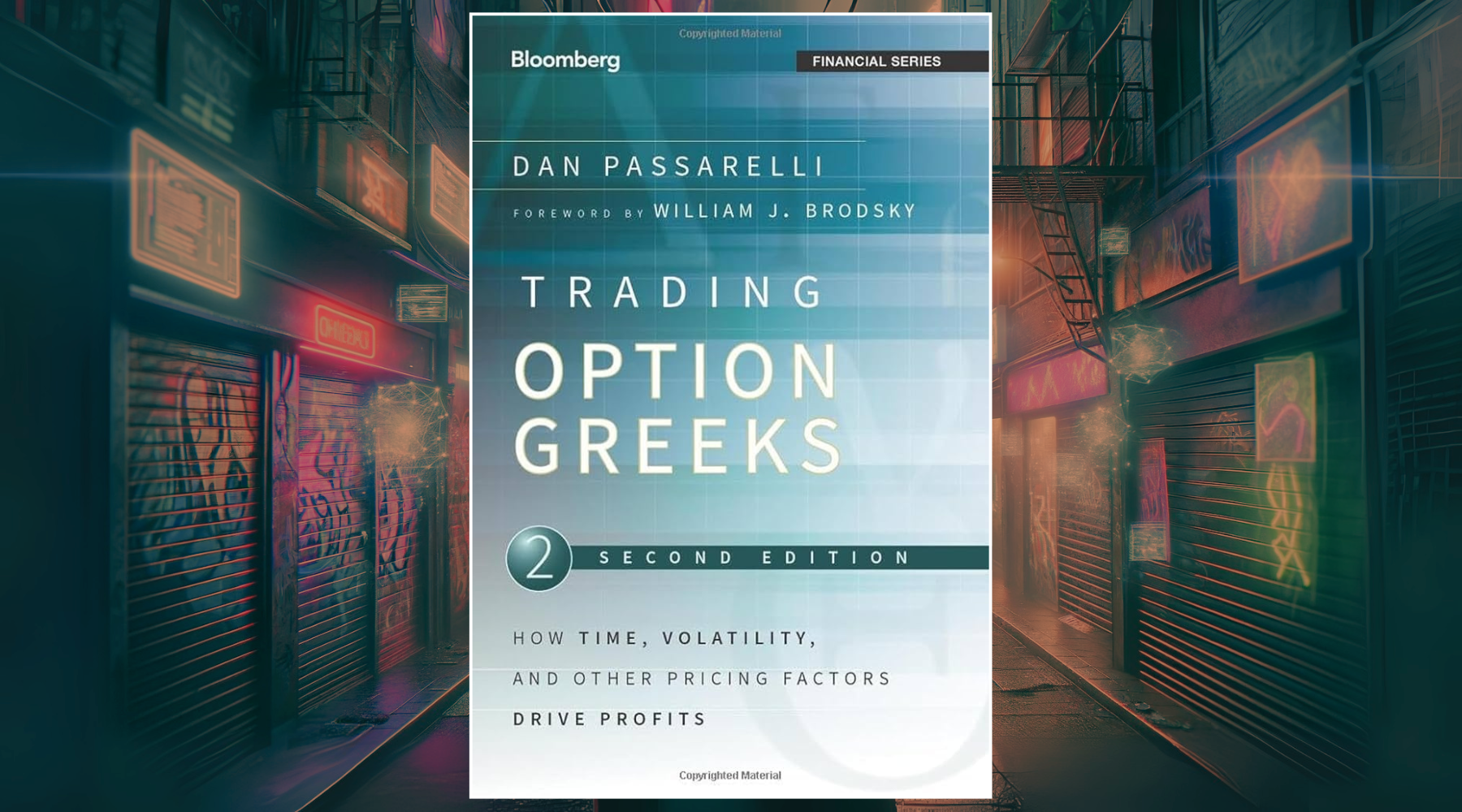Key Takeaways
- The Securities Exchange Act of 1934 established regulation of stock markets after abusive practices contributed to the 1929 crash.
- The Act created the Securities and Exchange Commission (SEC) as an oversight body.
- It required transparency through company financial disclosures.
- The Act banned manipulative trading practices like pooling interests.
- It gave the SEC power to regulate margin trading and short selling.
- The SEC was tasked with registering, regulating, and disciplining exchanges, brokers, and dealers.
- Over the years, the Act has been amended to increase the SEC's authority.
- The Act helped restore faith in markets and continues to protect investors today.

The Securities Exchange Act of 1934 was a landmark piece of legislation enacted during the Great Depression to regulate the stock market and prevent abusive and manipulative practices. Prior to 1934, stock trading was decentralized and unregulated, taking place on various exchanges across the country with no uniform standards or oversight. This lack of regulation and opacity of stock trading practices contributed to rampant speculation and artificially inflated stock prices in the 1920s bull market.
When the market crashed in 1929, resulting in billions of dollars in losses and sparking the Great Depression, it became clear that regulation was needed to restore public confidence in capital markets and protect investors. To address this need, President Franklin D. Roosevelt made stock market regulation part of his New Deal financial reform package.
This culminated in Congress passing the Securities Exchange Act in 1934. The central pillar of the Act was the establishment of the Securities and Exchange Commission (SEC), giving a government agency power to register, regulate, and oversee stock exchanges, brokers, dealers, and other organizations engaged in trading securities.
The SEC was tasked with enforcing securities laws, promoting transparency through company disclosures, and protecting the interests of investors. This oversight role marked a seminal shift from the previous unrestrained era of self-regulation.
Background/History
Prior to the passage of the Securities Exchange Act in 1934, the stock market operated with little oversight or regulation. Stocks were traded on decentralized exchanges across the United States with no uniform operating rules or standards. The New York Stock Exchange (NYSE) in New York City was the largest and most influential market, but other regional exchanges like the Boston Stock Exchange and Chicago Stock Exchange also existed.
On these exchanges in the early 1900s, manipulative practices by traders, stock pools, and speculators were rampant, artificially inflating stock prices. Tactics like wash sales, churning, pooling of interests, and issuing misleading stock promotions were commonly used to manipulate share prices. Additionally, practices like short selling and margin trading contributed to dangerous levels of speculation and volatility.
The unchecked use of these tactics exacerbated the surging bull market of the 1920s, which lured more unsophisticated investors into the inflated market. However, the weaknesses of this unregulated system became painfully apparent after October 1929, when the stock market crashed, losing nearly 30% of its value in two days. This precipitated the decade-long Great Depression, resulting in billions of dollars in losses for shareholders.
In the aftermath, it became clear that federal regulation was needed to restore public confidence in capital markets. To prevent abusive practices and manipulation, there were calls for reforms like mandatory financial disclosures, restrictions on margin trading, and government oversight of exchanges. President Franklin D. Roosevelt made stock market regulation a key component of his New Deal response to the Depression. This laid the groundwork for Congress to pass the Securities Exchange Act in 1934, which established the SEC and a comprehensive regulatory framework.
Key Provisions of the Securities Exchange Act of 1934
The Securities Exchange Act established several key regulations and oversight powers that transformed the stock market. Some of the most important provisions included:
| Provision | Description |
|---|---|
| Creation of the SEC | Created an independent, bipartisan Securities and Exchange Commission (SEC) to enforce securities laws, regulate markets and market participants, and protect investors. |
| Required company disclosures | Required regular financial reports from publicly traded companies to provide transparency to investors. |
| Banned manipulative practices | Banned manipulative practices like churning, insider trading, wash sales, misleading promotions, and other tactics used to artificially impact stock prices. |
| Regulation of margin trading | Gave the SEC power to regulate margin trading and set margin requirements to reduce speculation. |
| Regulation of short selling | Granted SEC authority to regulate abusive short selling practices. |
| Registration of exchanges and organizations | Established laws requiring registration of exchanges, broker-dealers, clearing agencies, and other associations to come under SEC oversight. |
| Disciplinary powers | Gave the SEC disciplinary powers over offenders of securities laws including authority to suspend or revoke registrations, issue fines, and refer criminal matters to the Department of Justice. |
The Act provided the SEC with broad authority over securities markets, exchanges, and broker-dealers to enforce regulations, increase transparency, and prohibit manipulation and fraud. This oversight represented a major shift from the previous unregulated era.
Later Amendments
While the Securities Exchange Act of 1934 established the foundation for securities market regulation, the Act has been amended over the years to provide the SEC with additional authority and tools for oversight and enforcement:
- Trust Indenture Act of 1939 - Required bonds, debentures, and similar debt securities to be issued under a trust indenture with an independent trustee to protect investor interests. Expanded SEC's role in overseeing debt securities.
- Securities Investor Protection Act of 1970 - Established the Securities Investor Protection Corporation (SIPC) to provide insurance for customers if their brokerage firm fails.
- Securities Acts Amendments of 1975 - Gave the SEC power to initiate enforcement actions by issuing civil money penalties in administrative proceedings. Previously could only obtain penalties through federal court.
- National Securities Markets Improvement Act of 1996 - Preempted state securities laws regarding registration of securities and licensing of broker-dealers. Allowed SEC to further expand national standards.
- Sarbanes-Oxley Act of 2002 - Increased regulation, penalties, and oversight in response to Enron, WorldCom and other corporate and accounting scandals. Established the Public Company Accounting Oversight Board (PCAOB).
- Dodd-Frank Wall Street Reform Act of 2010 - Provided SEC with new enforcement tools and expanded authority over hedge funds, credit rating agencies, derivatives, and other areas in response to the 2008 financial crisis.
The amendments over the decades have strengthened the SEC's ability to regulate securities markets and hold offenders accountable through fines and other disciplinary actions.
Impact of the Securities Exchange Act
The Securities Exchange Act of 1934 and the SEC oversight it established have had a profound and lasting impact on U.S. financial markets in several important ways:
- Restored public confidence in capital markets - By cracking down on manipulative practices, requiring transparency through company reporting, and regulating speculative trading, the Act helped restore faith in capital markets after the 1929 crash and through subsequent crises. Investors were reassured by SEC protections.
- Ongoing investor protections - The SEC's role in continually monitoring markets for fraud and manipulation provides vital protections for retail investors against abuse from insider trading, accounting fraud, misleading promotions and other risks.
- Increased transparency and accountability - Mandatory quarterly and annual financial disclosures from public companies offers valuable transparency for investors. Oversight deters companies from opaque accounting practices.
- Demonstrated the merit of federal regulation - The Act established federal regulation as an effective model for ensuring fair dealing and stability in capital markets. The SEC's success helped spur other financial regulation like banking and derivatives oversight.
Nearly 90 years since its passage, the Securities Exchange Act continues to provide critical regulation, transparency, and investor protection through the essential functions of the SEC. It remains a foundation of fair and efficient modern markets.
Conclusion
The Securities Exchange Act of 1934 stands as one of the most important pieces of financial regulation in the United States. Born out of the market abuses that contributed to the 1929 crash and Great Depression, the Act created a comprehensive regulatory framework and oversight body to protect investors and maintain fair dealing in securities markets. Through requirements for transparency and prohibitions on manipulation, it helped restore public confidence in capital markets damaged by the Depression. The establishment of the SEC marked a major shift from self-regulation to effective federal oversight. The Act's legacy is reflected in the SEC's ongoing role in deterring fraud and abuse, providing critical protections for retail investors, and ensuring stability in securities markets. Periodically updated, but still anchored on its original principles, the Securities Exchange Act remains integral to maintaining efficient and trustworthy capital markets.







